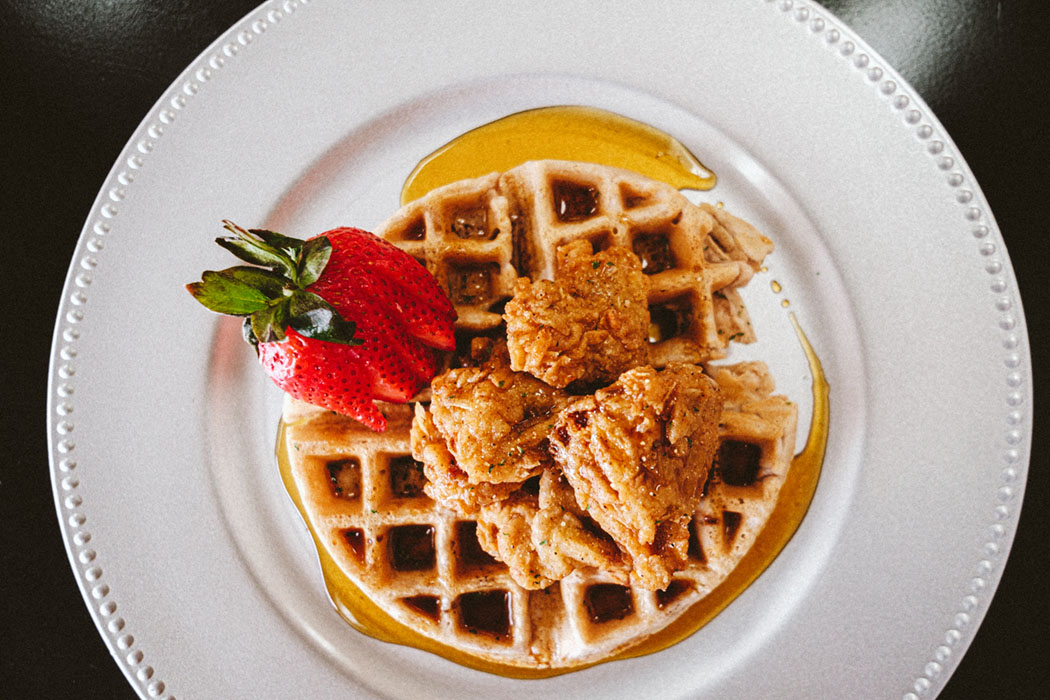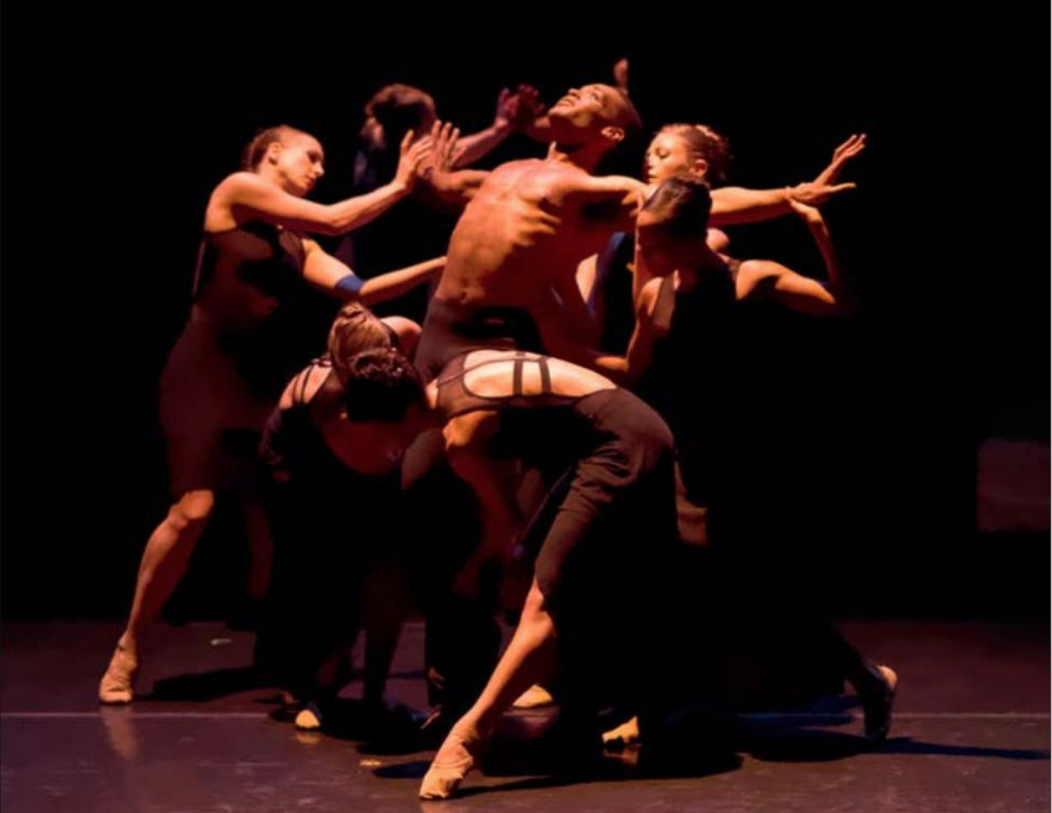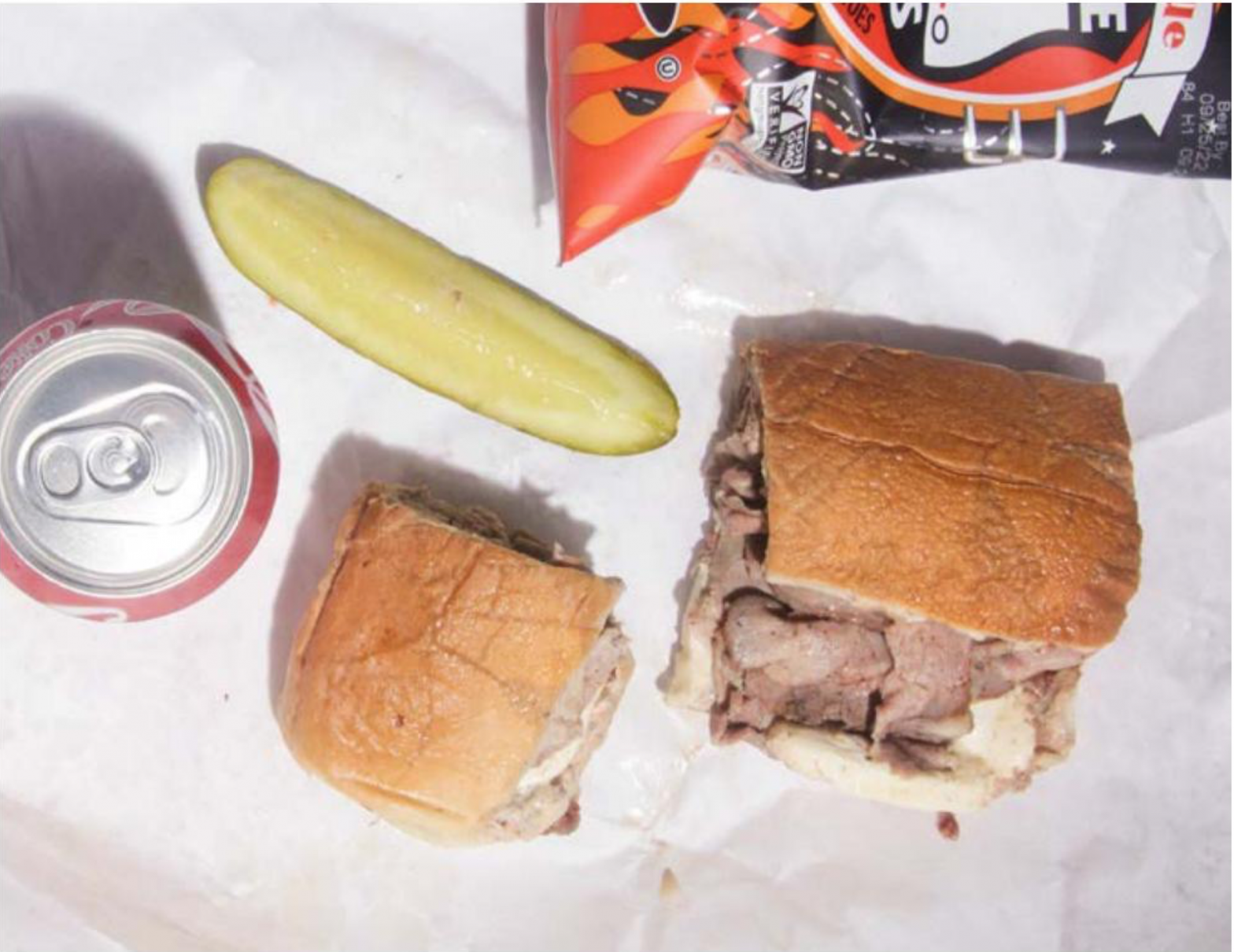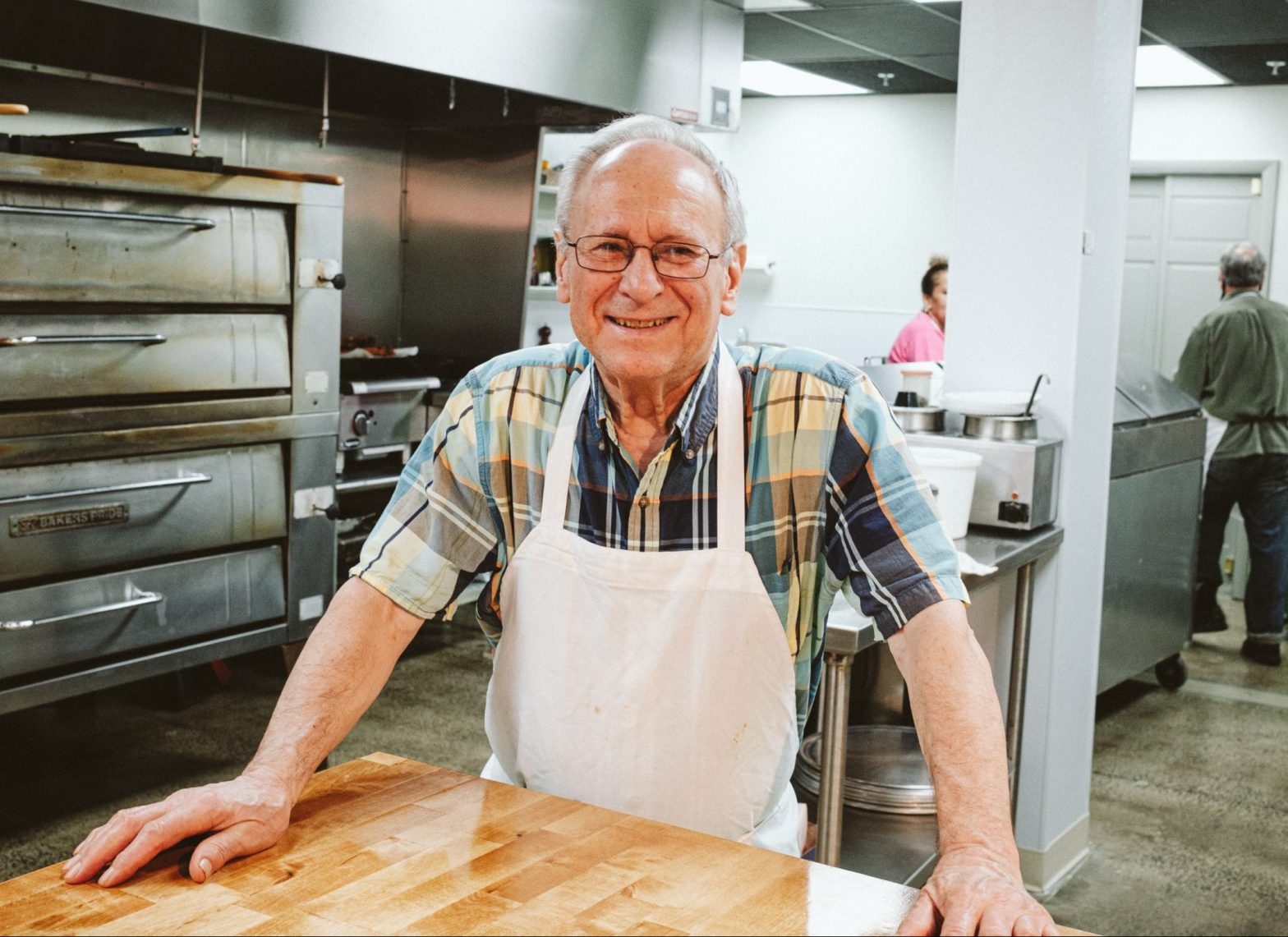It’s not false advertising, there really are chinchillas at Chinchilla Café. Three of them: Pip, Napoleon, and Starr Baby. You can even pet them and feed them treats. “At first, we just tried to get people over to play with the chinchillas,” says café co-organizer Lane Rasberry. “But nobody came, so we started hosting shows instead.”
When Magnolia House closed in 2020, many mourned the end of Charlottesville’s DIY music scene. But then Chinchilla Café appeared. Billing itself as a “concert venue, community center, and animal coffeehouse,” it’s the underground revival we’ve been waiting for.
Bands play in what would otherwise be the living room. The walls are decorated with chinchilla portraits and rainbow flags, while multi-colored Christmas lights create a spacey glow. Between acts, guests meet the chinchillas or hang out on the back porch, where a projector plays surreal videos from the internet. “We’re looking for people to have intense and trippy experiences, however they might come,” says Rasberry.
Over 60 bands have performed at the house since the café opened in August 2021, including locals Shagwüf, Violet Club, and Emily Rose, as well as acts from up and down the East Coast. And the shows can be delightfully eclectic. A recent concert veered from the experimental pop sounds of New York artist Coffee Nap, to the mind-melting jazz fusion of Charlottesville’s Angelica X. The common denominator is that café promoter Eli Draizen likes what he hears.
Putting on the shows is a group effort, and Draizen has been essential to the venue’s launch. “I always wanted to have a music venue in my living room,” he says, citing inspiration from house shows he saw growing up in California. Co-organizer Robin Brown sees her contribution as two parts: “One, make sure everyone has fun and feels comfortable. But two, make sure we’re doing important things and keeping it a queer, radical space.”
“Chinchilla Café is not a neutral space,” says Rasberry. “Whatever it is that gets people to make positive change in their community, we want to bring that in.” Shows frequently promote work by local activist organizations, such as anarchist bookstore F12, Cville Area Harm Reduction, or Arm Trans Women.
Meanwhile, all ticket proceeds go to the bands, not the café itself. “When we host a band, there is no stress on them to be part of an investor and owner’s business cycle,” explains Rasberry. “A typical commercial venue has no values, as the norm in business is bland neutrality and facelessness.” In contrast, “Every time we do something at Chinchilla Café, we want it to have a purpose.”
If popularity is any indication, people are craving places with purpose. “So many bands are reaching out to Instagram right now, it’s hard to keep up,” says Draizen, who has already booked shows through May. Brown says it speaks to the need for more spaces that are not purely driven by profit.
The Chinchilla organizers are happily part of an expanding scene of nontraditional venues around town. In the past few months, Visible Records, Cville Skates, and The Rug Shop have all hosted shows. “I want more of that,” Brown says. “I hope this inspires people to say, ‘Wait, I could do that, I could have bands come here.’”
Grassroots spaces provide something special, because “for many people they start by wanting an evening of entertainment,” says Rasberry. “But to have a [DIY, nonprofit] community center means they meet friends with whom they might not otherwise connect, they learn of activist causes they might not find otherwise, they hear music which has local flavor which could not come from any other city. They make the memories that make living in this city … different from any other.”
Chinchilla’s next show features Hot Spit, Yard Sale, Laveda, and Marti on March 9. Ticket and music schedules are posted through Instagram at chinchilla_cafe_cville.










